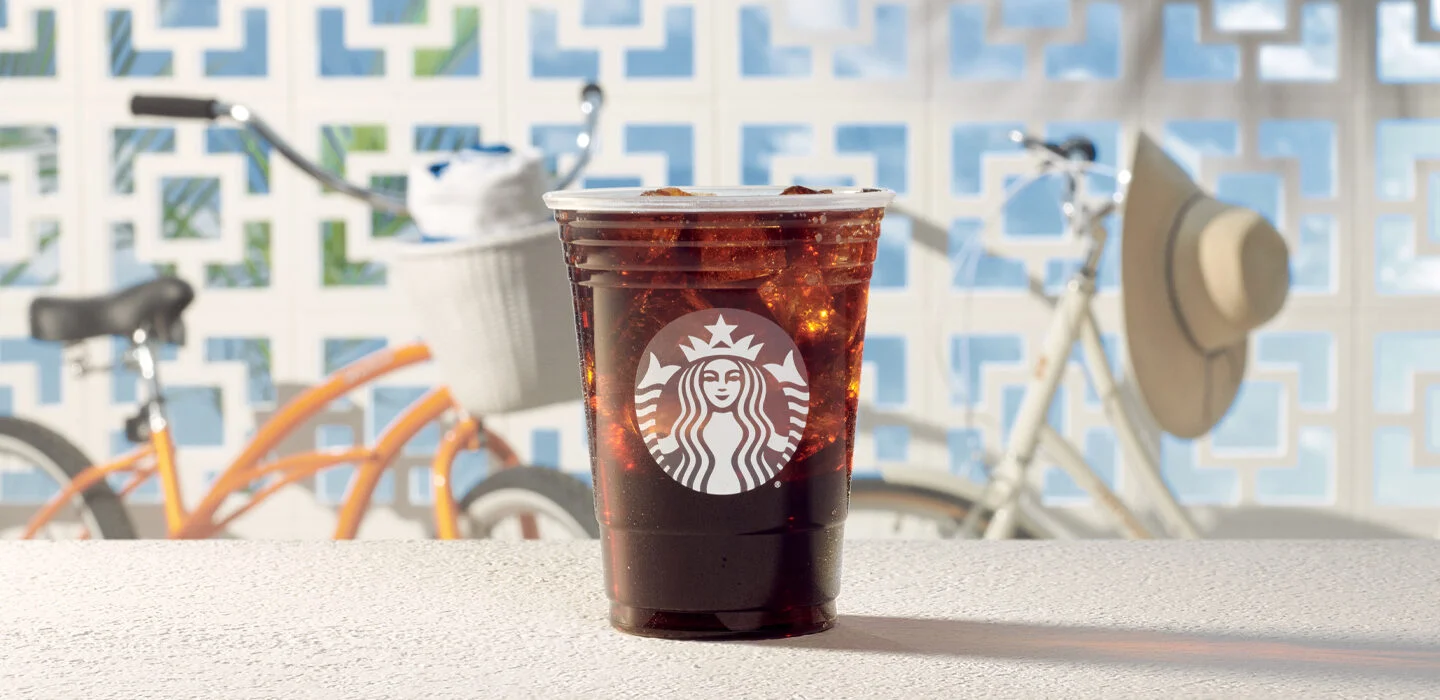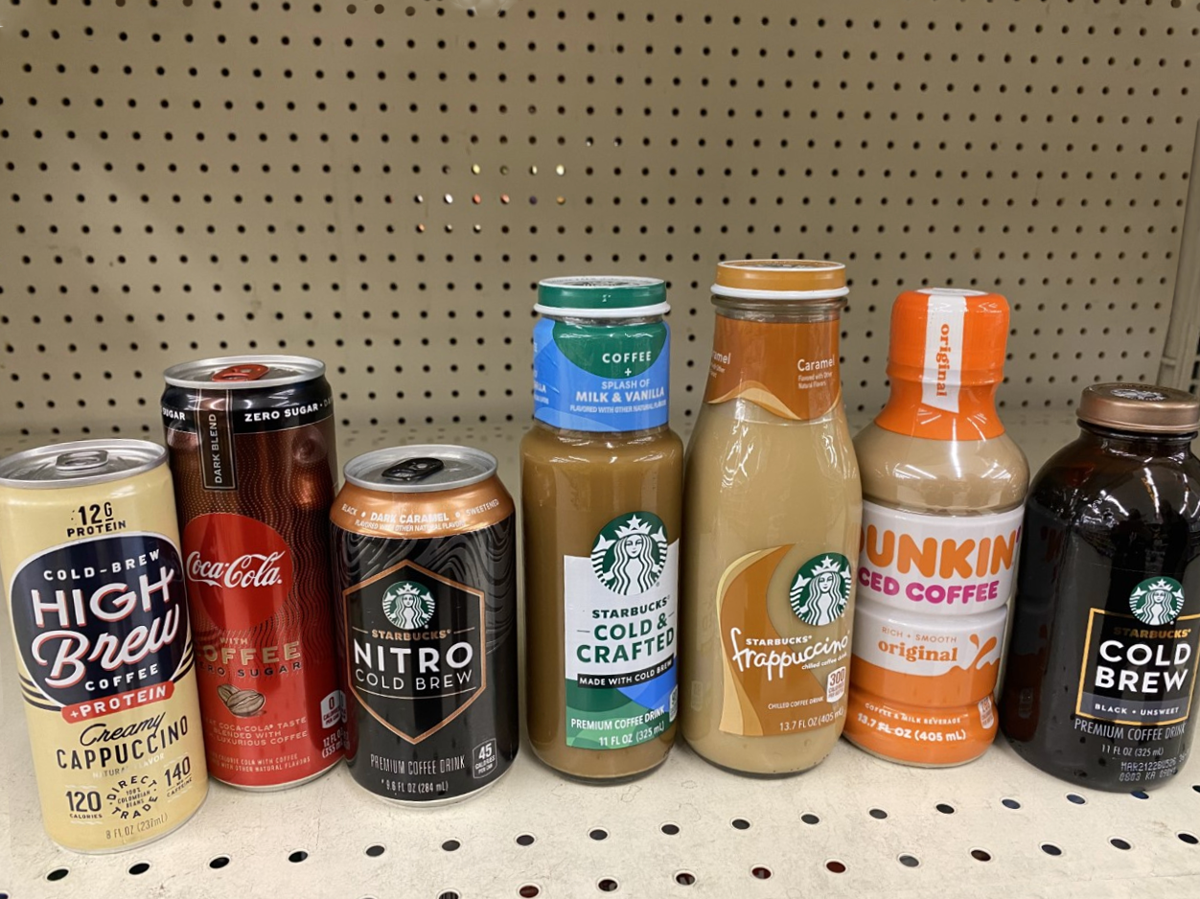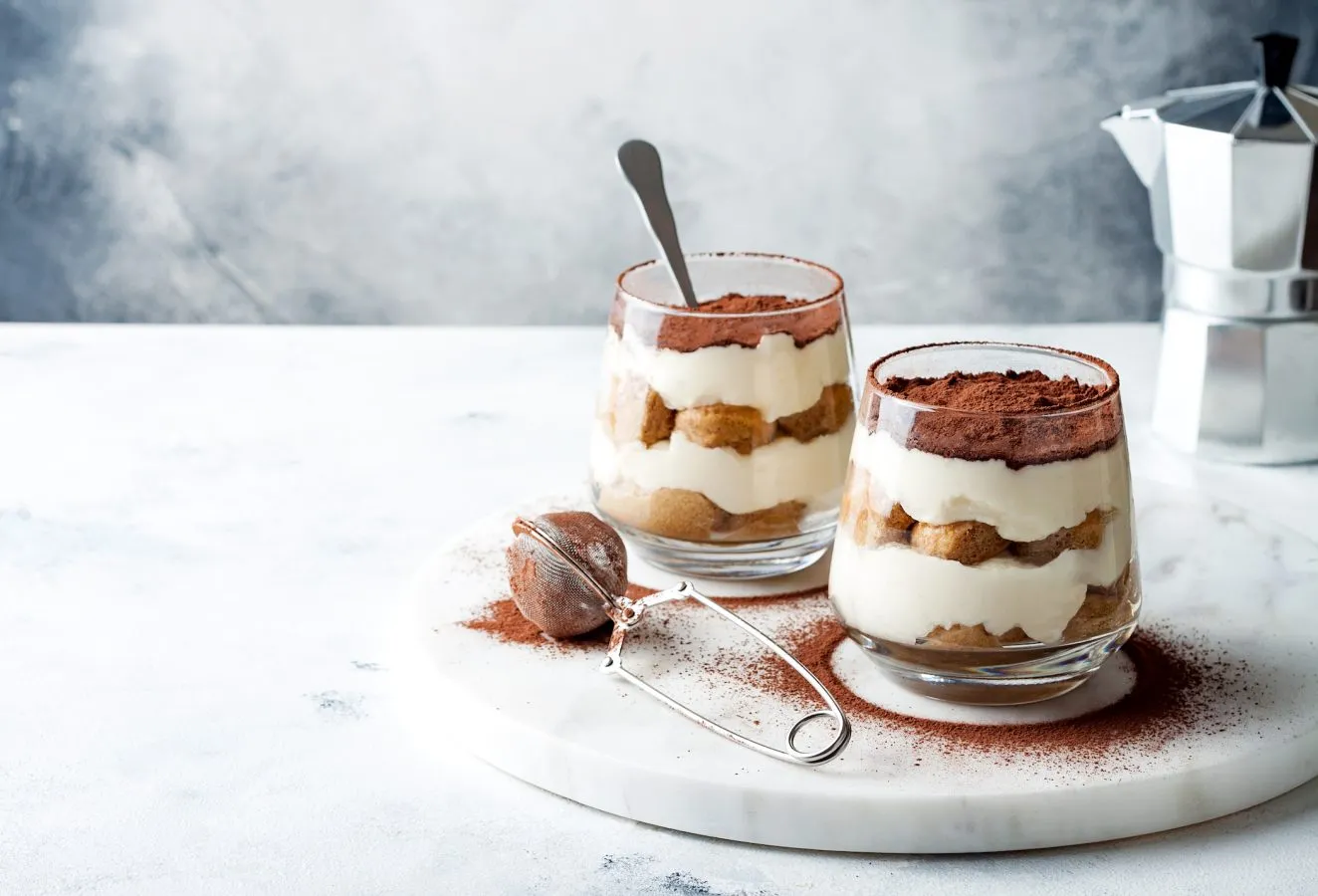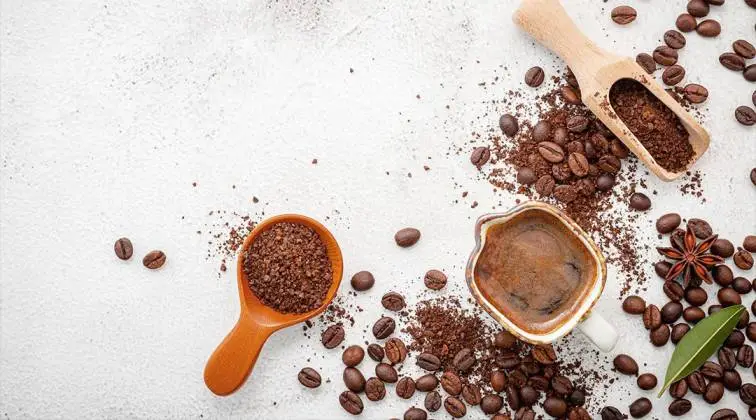
On the off chance that you're an espresso darling, you might wind up on the chase after the ideal bean assortment to attempt. There are numerous espresso beans accessible for the espresso sweetheart to investigate.
Each type offering a special flavor profile that supplements various beverage, pastry and food recipes. Find out about the various sorts of espresso beans and how to pick them to add new flavor aspects to your recipes.

CoffeeArt is a developing pattern. You've presumably seen it for the most part as latte craftsmanship, where baristas plan fun seals, images, and scenes in your specially prepared drink. There's even a World Latte Craftsmanship Title.
It's all darn amazing. Ria of Espresso Cakes Bistro is accomplishing something else. Of the large numbers, she's stand-out and, fortunate for us, we've been fans all along.
What Are Coffee Beans?
In opposition to prevalent thinking, espresso beans aren't really beans by any means they are the seeds of a cherry-like natural product or plant. After the seeds have been gathered, the pits are fit to be matured and cooked.
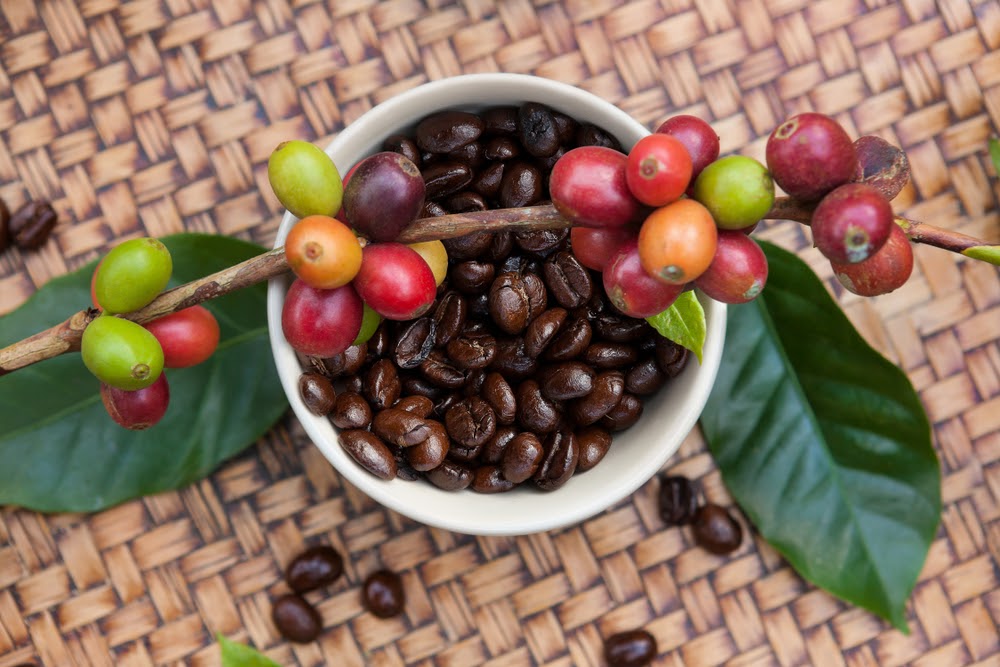
Processes that eliminate dampness and assist with fostering the flavor profile interesting to each bean type. From that point, the broiled beans are fit to be utilized for different recipes. Grind espresso beans for your morning espresso mug or for an exemplary Tiramisu recipe - the choices are unending!
How Do I Choose the Right Kind of Coffee Beans for a Recipe?
Since espresso bean flavor profiles can loan themselves to various food and refreshment applications, the right sort of espresso bean to decide for a recipe will rely upon the particular taste you might want to accomplish.
The different flavor profiles of every espresso bean can be utilized for some recipes, including treats, marinades, dry rubs, heated products and that's only the tip of the iceberg.
A supportive method for contemplating different flavor profiles while picking espresso beans is to think about how the three fundamental kinds of dishes light, medium and dim influence the first flavor notes of the bean.

Light Meals: Because of a more limited simmering time, light dishes hold a greater amount of the first kind of the espresso bean. Light dishes will more often than not have fruity or citrus notes and a higher corrosiveness, alongside higher caffeine content.
Pick light dish espresso beans of the Arabica or Excelsa assortments to stress the bean's unique flavor in your recipes or prepared as a brilliant method for beginning your morning.
Medium Meals: As dish temperature builds, the espresso beans start to lose their corrosiveness. Medium meals are a typical decision for prepared espresso because of their fair flavor profiles, matching great with beans of the Arabica and Excelsa assortments.
Dull Dishes: Dim meals are an incredible choice for conveying serious, rich flavor to recipes, matching great with beans of the Arabica assortment. Dull dishes are additionally a famous decision for prepared espresso like coffee or as a fixing in heated products, rubs and different recipes, making severe beans like Robusta or Liberica more satisfactory.
Does Grind Type Make a Difference?
The toil type you pick can influence the flavor profile of your espresso beans. With the assistance of an espresso processor, you'll have the option to pick the proper drudgery for your chose espresso bean and fermenting strategy.
Fine Grinds: For speedy, compressed fermenting strategies like coffee, a fine drudgery is the ideal decision. Since water goes rapidly through the grounds, the expanded surface area of fine crushes guarantees appropriate extraction.
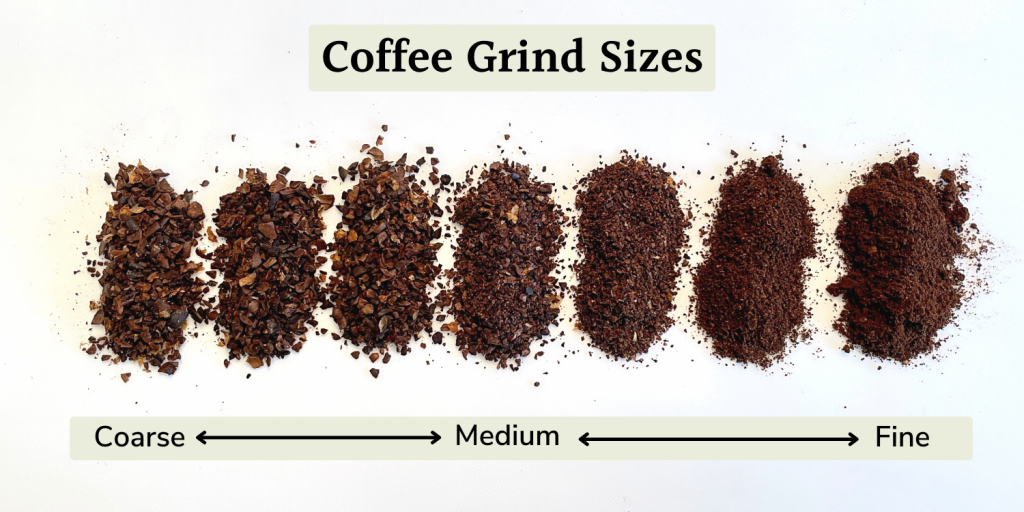
Medium Grinds: Medium drudgeries are a decent decision for when you might want to accomplish a milder yet full-bodied blend. Utilize a medium drudgery while utilizing the pour over preparing technique or an auto-trickle espresso producer. Dive more deeply into pour over versus dribble espresso.
Coarse Grinds: Espresso beans ground into coarse toils have less surface region than better grounds and require more openness to water for extraction. Coarse toils are best utilized with brew strategies like utilizing French press or cold blending.
Accomplishing your ideal drudgery and flavor profile each time is conceivable with a machine that can adjust to your inclinations. With a KitchenAid® Burr Espresso Processor, you can make a mix that is light and breezy or full and rich by looking over one of 70 exact toil settings.
Frequently Asked Questions!
What is the coffee art called?
The most well known style of latte craftsmanship among espresso enthusiasts and niche stores is free-pour latte workmanship, which is an example purposefully filled the espresso by utilizing milk (or a milk substitute) steamed into minimized bubbles.
Which coffee bean is best?
Most espresso darlings favor Arabica espresso beans over Robusta beans since they offer a better, smoother taste. Ethiopian Harrar, Tanzanian Peaberry, Panamanian Geisha, Sumatra Mandheling and Hawaii Kona are among the best-tasting Arabica espresso beans on the planet.
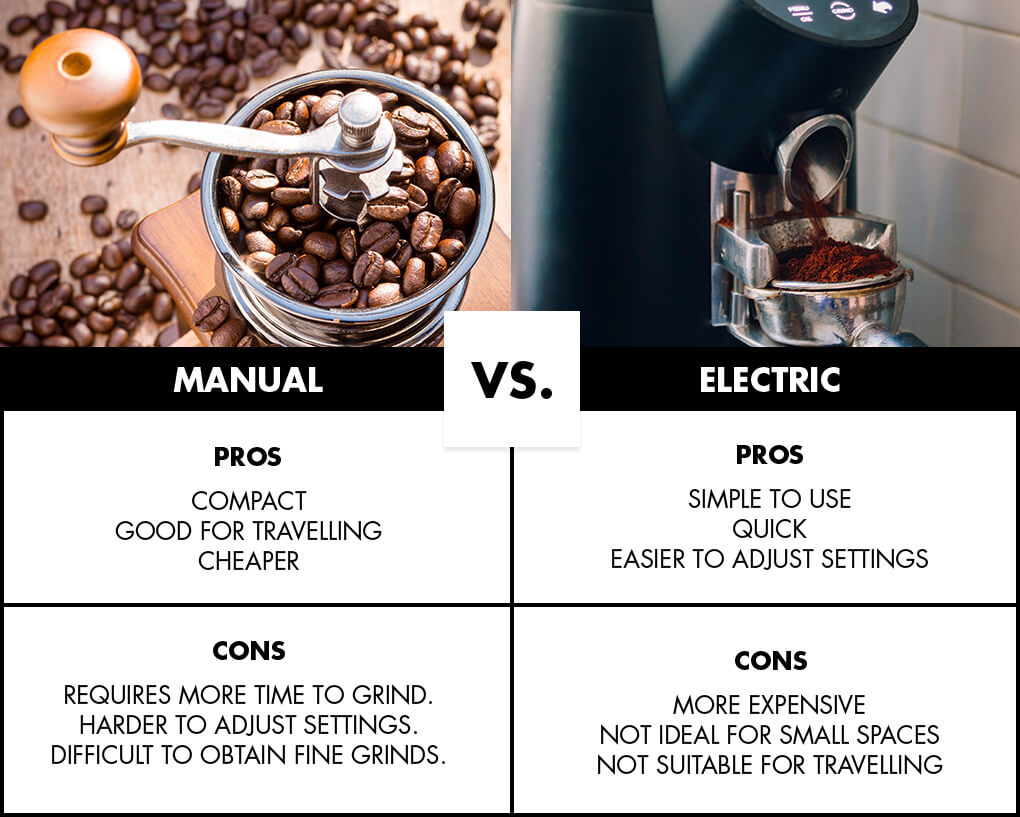
What is the most favorite coffee?
Cappuccino is the most famous espresso drink on the planet, beating records in 24 nations across Asia, Africa, Europe and the Americas. Coffee is the second most famous espresso drink overall and is number one of every 14 nations. 42 of the biggest urban areas in the US guarantee coffee as their favored espresso variety.
When did coffee art start?
In the mid 1980s, Italian baristas started exploring different avenues regarding the tasteful show of coffee based drinks, consolidating examples and plans on the outer layer of the milk froth. This underlying investigation established the groundwork for the work of art we presently know as latte craftsmanship.











